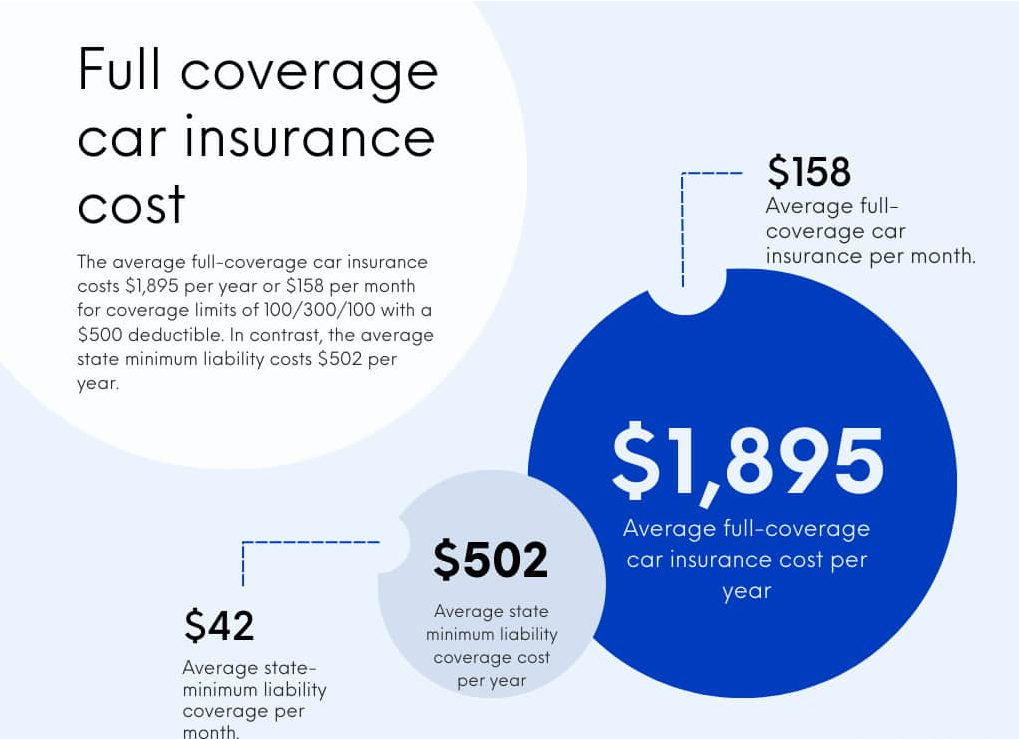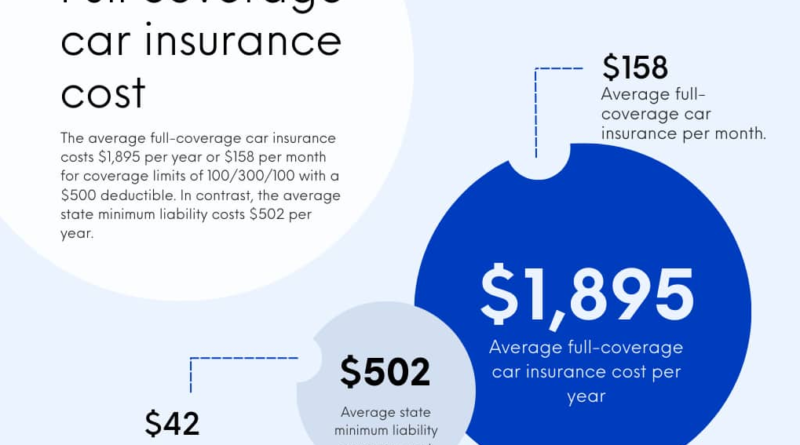Get the Most Affordable Insurance Rates Today – ssunnel
Get the Most Affordable Insurance Rates Today
In the contemporary landscape of rising expenses, understanding how to secure the most affordable insurance rates has become increasingly important for individuals and families alike. The financial burden associated with insurance, particularly health insurance, is a significant concern, given that nearly 90 percent of Americans rely on employer-sponsored plans, which can lead to exorbitant costs as highlighted by recent studies from the McKinsey Global Institute, reflecting excessive spending compared to other wealthy nations (Lincoln T). Moreover, housing affordability is tied to economic stability, affecting both employers and employees, thereby necessitating accessible insurance rates that reflect diverse income levels (Cohen R). By navigating the intricacies of insurance options and exploring strategic comparisons of coverage, consumers can mitigate financial strain. As illustrated in the foundational statistics of insurance costs, establishing informed decisions early on creates pathways to better financial health, ultimately positioning consumers to make prudent choices in an unpredictable economic environment .

A. Overview of the importance of affordable insurance rates in personal finance
In personal finance, the significance of affordable insurance rates cannot be overstated, as they directly influence financial stability and long-term planning. Lower insurance premiums increase disposable income, allowing individuals to allocate resources toward essential needs, savings, and investments. Affordability in insurance enables households to protect their assets adequately without compromising their financial well-being, particularly for low-income families who face additional burdens in securing affordable housing and reliable transportation (Calder A et al.). Furthermore, affordable insurance rates foster an environment where families are empowered to pursue homeownership—often the largest financial commitment one makes—without the looming threat of excessive insurance costs (Collins M). In this context, understanding the cost-benefit dynamics of various insurance options is crucial. Visual aids such as the detailed breakdown of full coverage versus minimum liability insurance, exemplified by , can significantly enhance comprehension of the cost implications in personal finance decisions.
II. Understanding Insurance Types
A comprehensive understanding of the diverse types of insurance is crucial for consumers seeking to secure the most affordable rates. Various forms of insurance—such as health, auto, and homeowners insurance—each present unique coverage options and potential discounts that can significantly affect overall costs. For instance, health insurance coverage can be different based on eligibility for public programs or legal status, as noted, highlighting how tailored policy approaches can expand access and affordability (Murphy B et al.). Moreover, disaster-related insurance policies, such as for earthquakes or floods, require careful risk assessment and often involve public sector subsidies to ensure affordability for lower-income individuals (Kunreuther et al.). An example of how financial management intersects with insurance types is illustrated in , which emphasizes prudent financial practices when managing auto loans and their relationship with insurance costs, thereby serving to inform consumers about balancing their insurance needs efficiently.
A. Comparison of different types of insurance (auto, health, home, etc.) and their cost implications
The landscape of insurance is marked by distinct types that cater to various needs, each with unique cost implications. Auto insurance, for instance, exhibits significant variability in premiums, largely influenced by factors such as driving history and location. The average yearly cost for full coverage car insurance is $1,895, which starkly contrasts with the state minimum liability insurance costing approximately $502 annually, highlighting the necessity of adequate coverage against potential risks . In comparison, health insurance has shifted dramatically under new federal regulations, which aim to ensure wider access and affordability. As noted in recent studies, proposals encourage strategies for maintaining coverage amid life changes, aiming to mitigate unexpected costs associated with health care transitions (Schulte S et al.), (Ann O’Leary et al.). Understanding these differences not only informs consumers but is essential for navigating towards the most affordable insurance rates available today.
| InsuranceType | AveragePremium | PercentOfIncome | TypicalDeductible |
| Auto | $1,674 | 2.4% | $500 |
| Health | $7,739 | 11.2% | $1,655 |
| Homeowners | $1,312 | 1.9% | $1,000 |
| Life | $537 | 0.8% | N/A |
| Renters | $179 | 0.3% | $500 |
III. Strategies for Finding Affordable Rates
Navigating the terrain of affordable insurance rates necessitates a multifaceted approach. One effective strategy is to leverage organizational capital, as it provides an alternative funding mechanism that can ease short-term financial burdens and enhance long-term stability. This model promotes a more resilient financial structure for individuals seeking insurance solutions, as it allows for strategic investment in long-term goals rather than solely immediate projects (Finkenstaedt RL). Additionally, fostering relationships with nonprofit organizations can yield significant benefits. These entities often address financial exclusion by providing resources and guidance for those struggling to secure affordable rates, as reflected in studies conducted in various communities (Dayson et al.). Ultimately, combining these approaches not only empowers consumers but also cultivates a more inclusive environment conducive to achieving the most competitive insurance rates available today.
A. Tips for shopping around and comparing quotes from various insurance providers
When seeking the most affordable insurance rates, it is crucial to engage in diligent shopping and comparison among various providers. Start by gathering multiple quotes reflecting comparable coverage limits to ensure an equitable analysis. Utilize online comparison tools, which can streamline this process significantly. Additionally, consider the total cost of ownership, including premiums and deductible amounts, as demonstrated by the financial breakdown of insurance costs in image . This image highlights the substantial difference between full coverage and minimum liability insurance, underscoring the importance of understanding your coverage needs. Furthermore, engaging with local agents can provide insights into unique deals or discounts tailored to your demographic profile. Its also wise to review customer satisfaction ratings and claim processes, as these factors can indicate the reliability of the provider. By following these strategies, consumers can secure more favorable insurance rates, ultimately leading to better financial outcomes (N/A), (N/A).
In summarizing the considerable efforts to secure affordable insurance rates, it is evident that both public and private sectors play pivotal roles in shaping access to healthcare and financial stability for consumers. The data reveals that Medicaid expansions under the Affordable Care Act have significantly reduced out-of-pocket spending for low-income adults, ultimately providing a buffer against catastrophic financial burdens (Gotanda et al.). Furthermore, historical trends highlight a growing reliance on public insurance among low-wage workers, coupled with the challenges posed by declining employer-provided coverage (Schmitt J). This dynamic underscores the importance of informed choices, particularly in navigating the complexities of insurance costs. Image analysis of insurance costs also emphasizes the stark differences between full coverage and minimum liability, illustrating financial implications for consumers . Collectively, these insights reinforce the necessity for ongoing advocacy and education to empower individuals in their pursuit of affordable insurance options.
A. Recap of key points and the importance of being proactive in securing affordable insurance rates
In summation, understanding and acting on the key points regarding insurance rates is crucial for consumers seeking affordability and accessibility. Proactive measures can significantly enhance the likelihood of securing favorable coverage terms. For instance, engaging in outreach activities to identify eligibility for Medicaid and subsidies can aid in lowering costs ((Dorn S)). Furthermore, policymakers play a vital role in reforming health insurance markets to ensure competitive pricing and comprehensive access, which ultimately empowers consumers to select affordable options that suit their needs ((Dorn S)). Additionally, visual aids, such as the cost breakdown of full coverage car insurance presented in , illustrate the tangible financial differences that informed choices can make. By emphasizing the importance of being proactive and informed, consumers can navigate the complexities of insurance, thus enabling them to attain the most affordable rates available in the market today.



